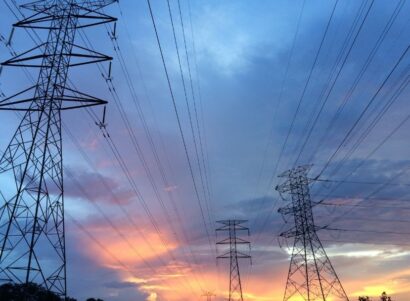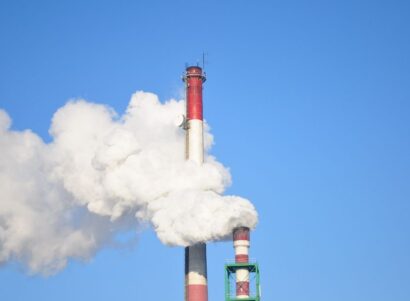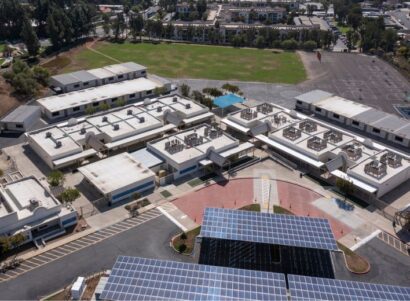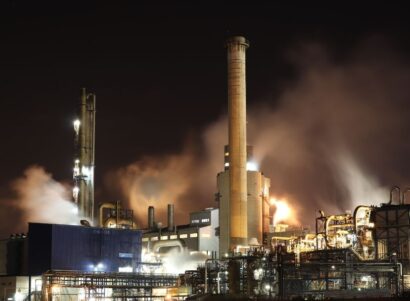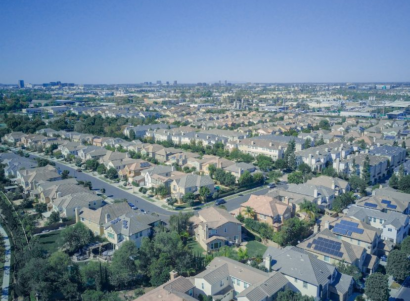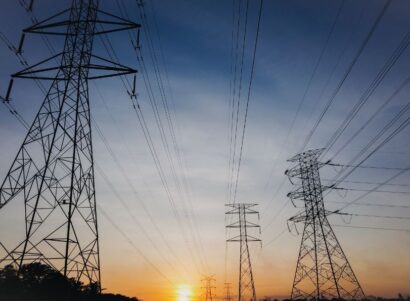Overview
In 2019, Nevada set ambitious statewide goals to decrease greenhouse gas emissions 28% below 2005 levels by 2025, 45 percent below by 2030, and achieve net-zero greenhouse gas emissions by 2050. Simultaneously, Nevada aims to generate 50 percent renewable electricity by 2030 and zero-carbon electricity by 2050. To achieve these targets, Nevada must undertake economy-wide decarbonization efforts. The state must expand energy efficiency measures, electrify transportation and gas appliances, and rapidly eliminate fossil fuels from its power sector. As the state’s energy system undergoes this monumental shift, policymakers have a unique opportunity to address the uneven environmental, public health, and economic burdens that exist within the current fossil fuel-based energy system. With careful planning, the state’s transition to a more climate-friendly energy system can also help make energy costs fairer and support greater public health for Nevada’s most at-risk communities.
In this analysis, we assess opportunities and strategies to integrate pollution reduction, resilience to climate impacts (e.g. heat waves), and energy and environmental equity into the state’s decarbonization plans. To address long-standing inequities created by Nevada’s current energy system, we focus on the most environmentally burdened and socioeconomically and demographically vulnerable communities.
Related Research
This report is part of our Western States Deep Decarbonization research project, which provides analysis of the health, environmental, and equity dimensions of deep decarbonization across New Mexico and Colorado. This project accompanies the Western States Deep Decarbonization Analysis conducted by Evolved Energy, NRDC, Sierra Club, and Gridlab. To analyze the impacts of deep decarbonization in each state, we analyzed four 2020-2050 decarbonization pathways developed by Evolved Energy and described in these companion reports.

 Executive Summary
Executive Summary